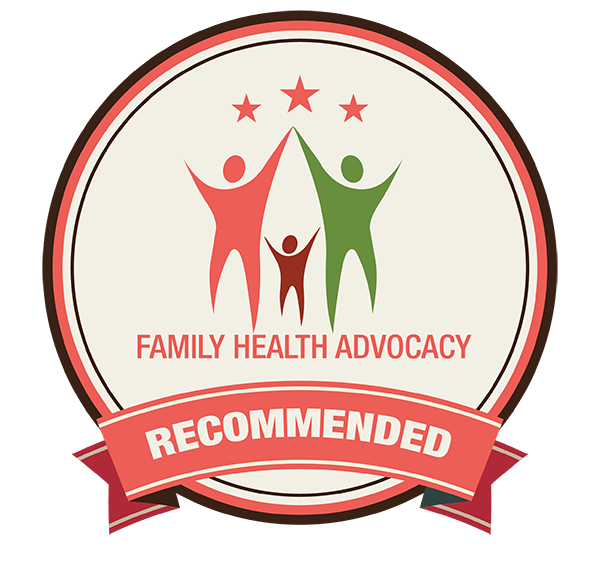As children are gearing up to go back to school, you need to plan ahead to ease the transition, ward off the anxiety and keep your family in good health.
- Build Immunity. In addition to teaching your kids to avoid exposure to cold and flu germs, you can help them stay well by promoting a healthy lifestyle. Make sure your children eat a well-balanced diet, avoid unnecessary stress, get regular exercise, and plenty of rest.
- Yearly physicals. Children should have a yearly physical to update immunizations, receive proper vision and hearing tests and other screenings to identify any hidden health problems.
- Equip children with their own set of school supplies. Shared crayons, pencils and other school supplies can pass germs from one child to another.
- Instruct your kids to:
- Wash their hands. It is simple and it is the most effective way to ward off colds and the flu. Teach your children to wash their hands with warm, soapy water before eating meals, after using the bathroom, after handling the classroom pet, and when they return home after school. Children should wash for at least 20 seconds (about the time it takes to sing “Happy Birthday” twice). If allowed, encourage children to carry hand sanitizer or wipes in their backpacks for use when water and soap are not available.
- Avoid touching eyes, nose and mouth when their hands are not clean – germs spread this way.
- Proper cough and sneeze etiquette. Show your children how to cough or sneeze into tissue or the inside of the elbow instead of their hands, which can spread germs when they touch a surface. Throw the tissue in the trash after you use it.
- Not to share food or drink. While kids may be tempted to try a friend’s drink or take a bite of his/her lunch, it isn’t a good idea. Talk about safe ways to sample food, such as pouring liquids into another cup or breaking off a piece of cookie from an area that hasn’t been bitten.
- Not sharing clothing, hats, hairbrushes or hair clips and avoid head contact with other children. This will minimize the opportunities for the spread of head lice, another pesky classroom pest!
- Get to know the teachers / school nurse. Talk to teachers about efforts to disinfect the classroom. Ask to make sure that shared surfaces are cleaned often. Volunteer to provide a box of tissue, a container/bar of soap, hand sanitizer and some disinfecting wipes to your child’s classroom if you believe that these items may not be readily available to help the teacher maintain a healthy classroom. (Check with the teachers / principal before volunteering as schools have varying rules depending on the district). Ensure medical contact information is current and that the teachers/nurse are aware of any medical conditions or allergies that your children have.
Keep your children home if they are sick. When your children are sick, keep them home from school to avoid spreading germs to other healthy children.



